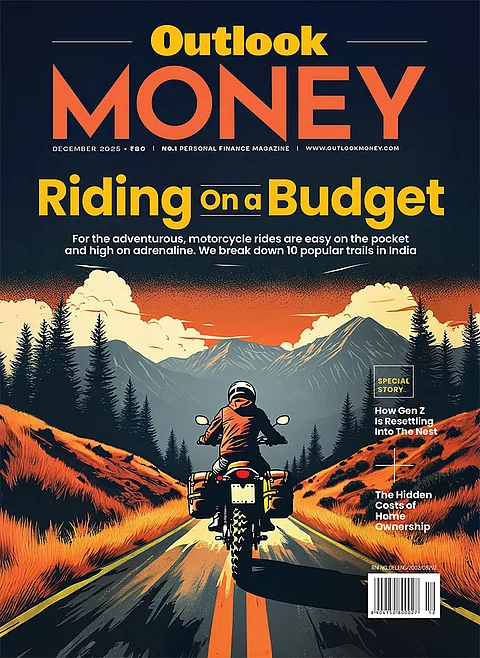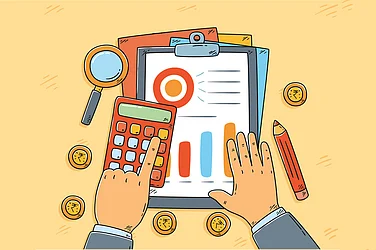The Reserve Bank of India (RBI) reduced the repurchase agreement rate, popularly known as repo rate, by 25 basis points (bps) on April 9, 2025. Under RBI Governor Sanjay Malhotra, the monetary policy committee (MPC) agreed on reducing the repo rate to 6 per cent from 6.25 per cent previously, saying it had observed a ‘decisive improvement’ in inflation expectations. Incidentally, this is the second rate cut since February 2025. RBI slashed the repo rate by 25 bps in its February 2025 bi-monthly MPC meeting after a gap of two years. Earlier, in May 2020, RBI had slashed the repo rate to an all-time low of 4 per cent in response to the unprecedented economic challenges posed by the Covid-19 pandemic.
What is Repo rate?
The repo rate is the interest rate at which RBI lends money to banks. When banks face a shortage of funds, they borrow money from RBI at the repo rate for their short-term needs.
It is also called the benchmark policy rate, as it influences the banks’ deposit and lending rates.
Banks borrow money from RBI under the repurchase agreement.
In repurchase agreements, commercial banks sell government securities to RBI with a committment to repurchase them at a later date and at a predetermined price.
RBI uses repo rate as a monetary tool to control inflation and regulate money supply in the banking system.
How Does It work?
When you need money, you go to a bank for a loan. The bank lends you money at a certain rate of interest.
Similarly, when banks need money, they borrow money from RBI at the repo rate.
RBI decides on the repo rate at its MPC meetings held every two months. The MPC consists of three members from RBI and three appointed by the Centre. It is chaired by the RBI Governor.
After each meeting, RBI announces whether it will increase, decrease, or maintain the prevailing repo rate.
RBI considers various factors such as inflation, economic growth, liquidity in the banking system, global trends before deciding on the repo rate.
How Does it affect You?
Typically, when inflation is high, RBI increases the repo rate. This leads to a higher cost of borrowing, which reduces spending and helps in controlling inflation.
During an economic slowdown, RBI reduces the repo rate, making loans cheaper. This encourages higher borrowing and spending, and helps boost economic growth.
When the repo rate goes up, banks pay more to borrow from RBI and passes on this cost to customers by raising the interest rate on loans. This leads to higher borrowing cost on loans for borrowers.
When the repo rate is cut, loans become cheaper, banks pay less to borrow from RBI and pass on the benefit to customers. This translates to cheaper loans.













